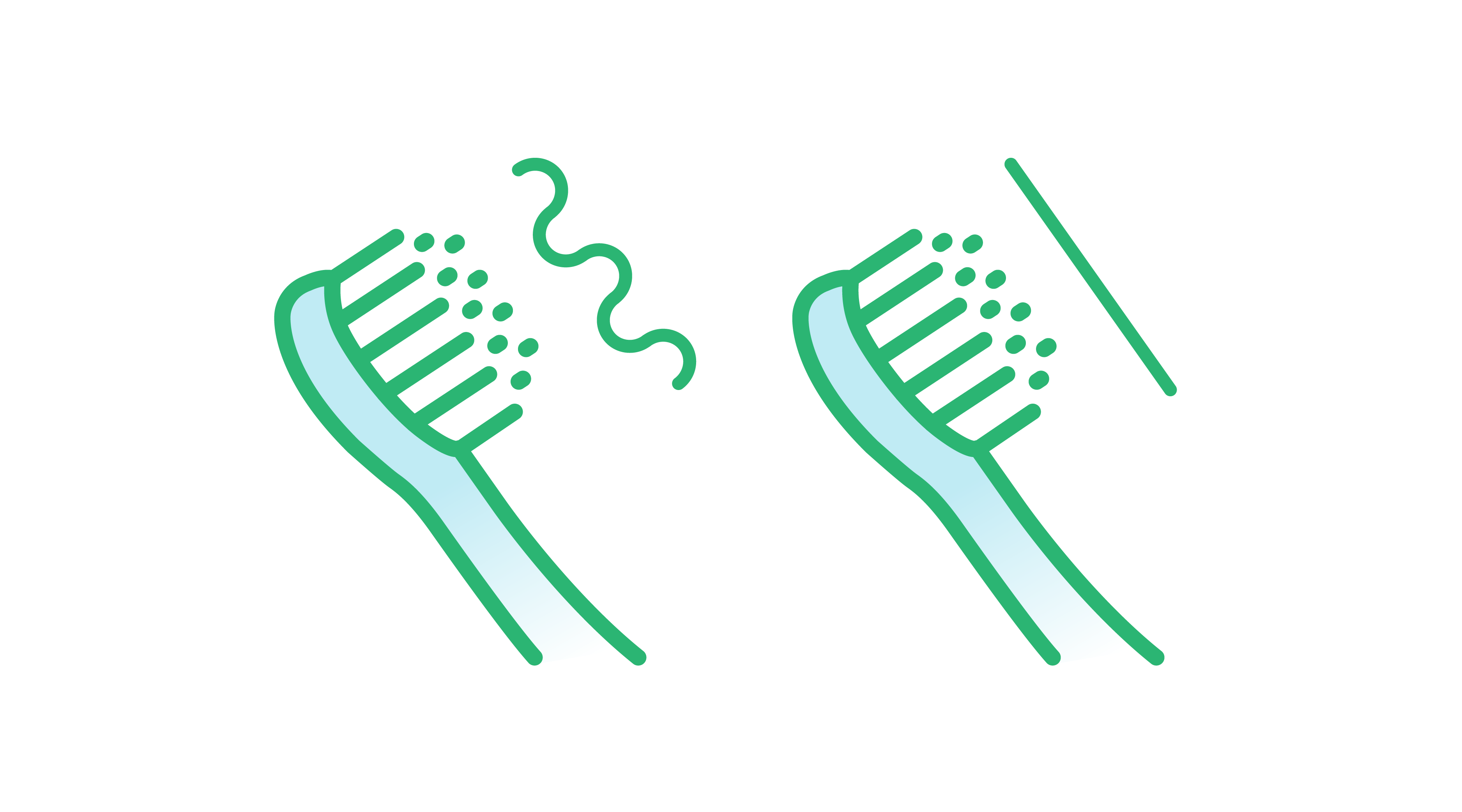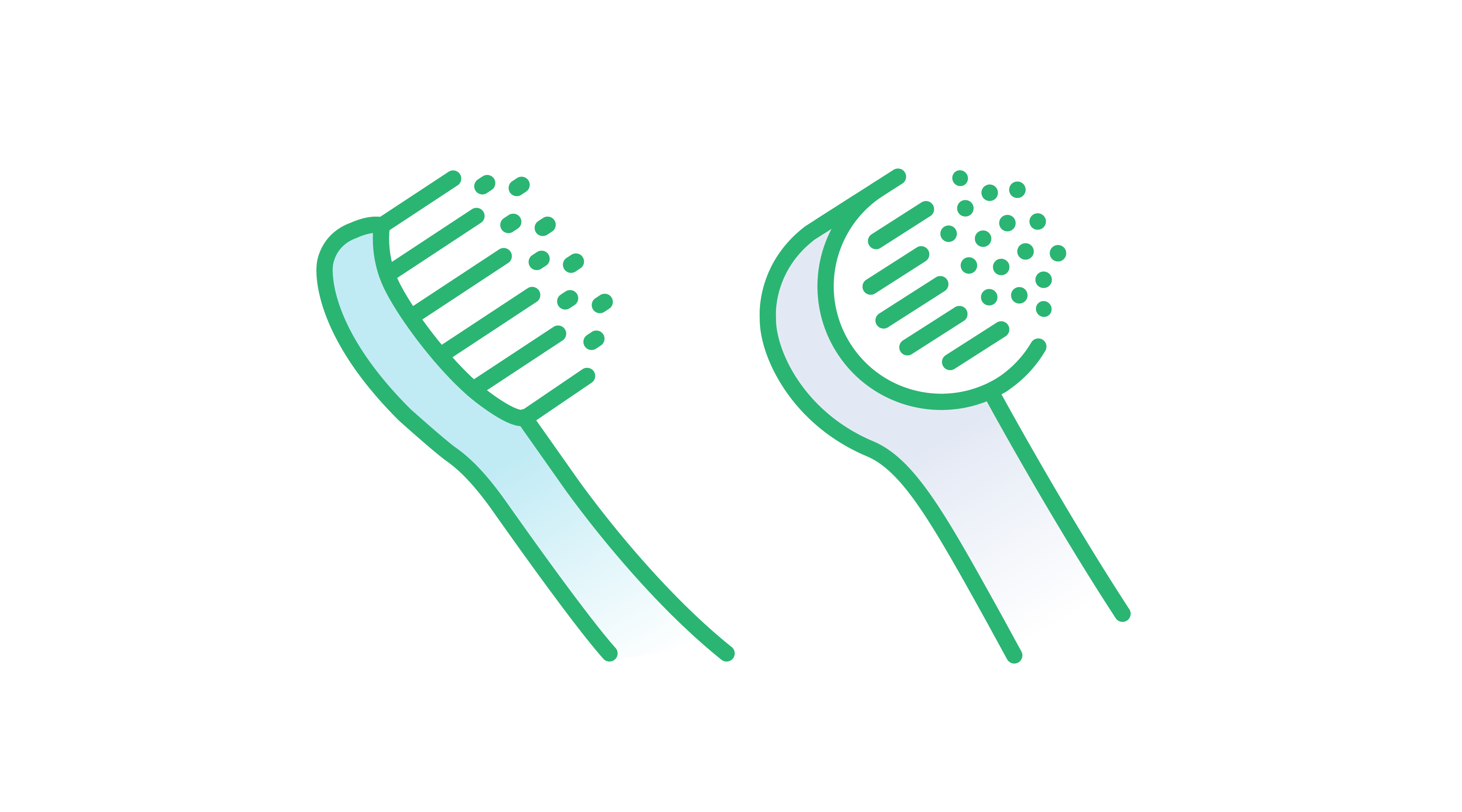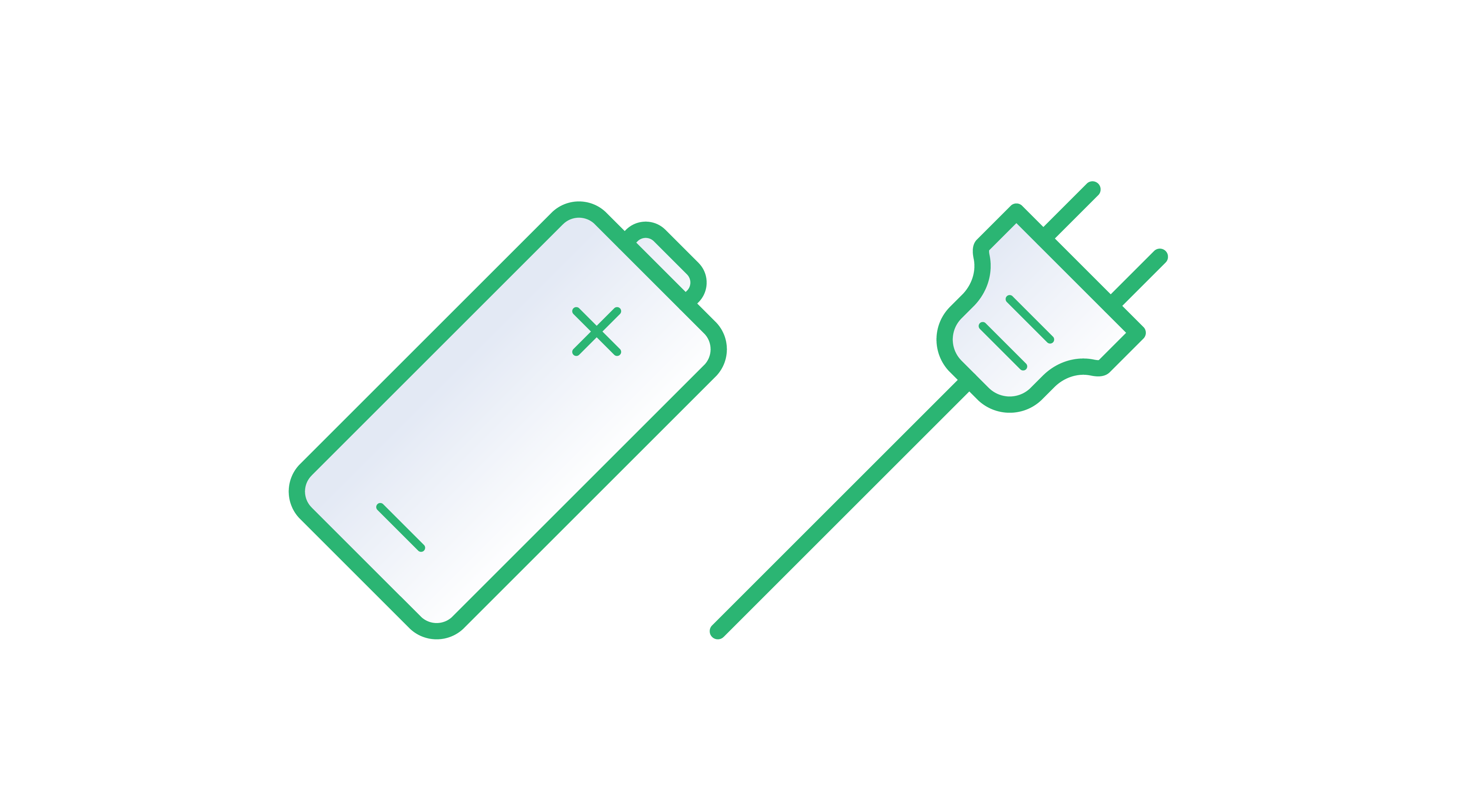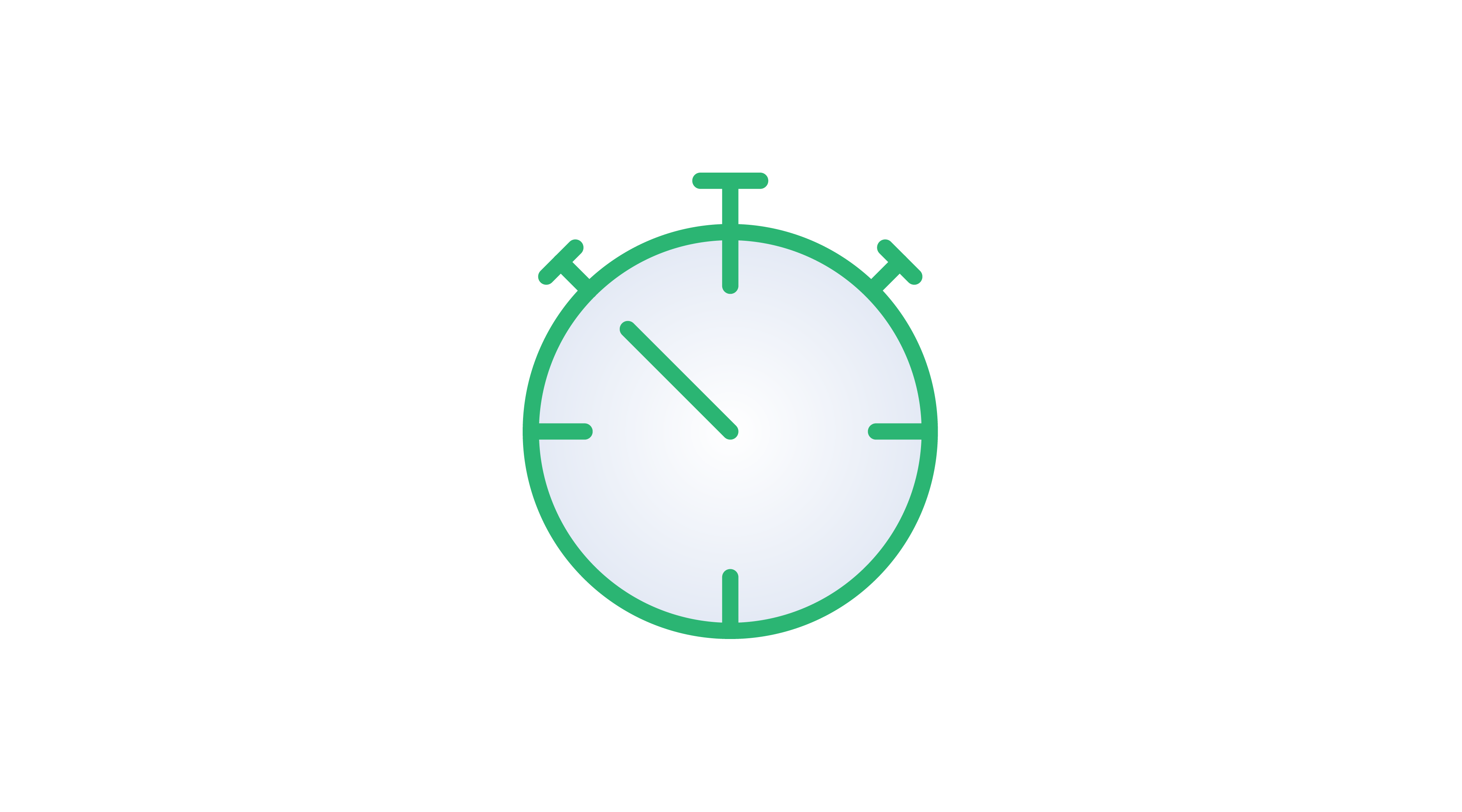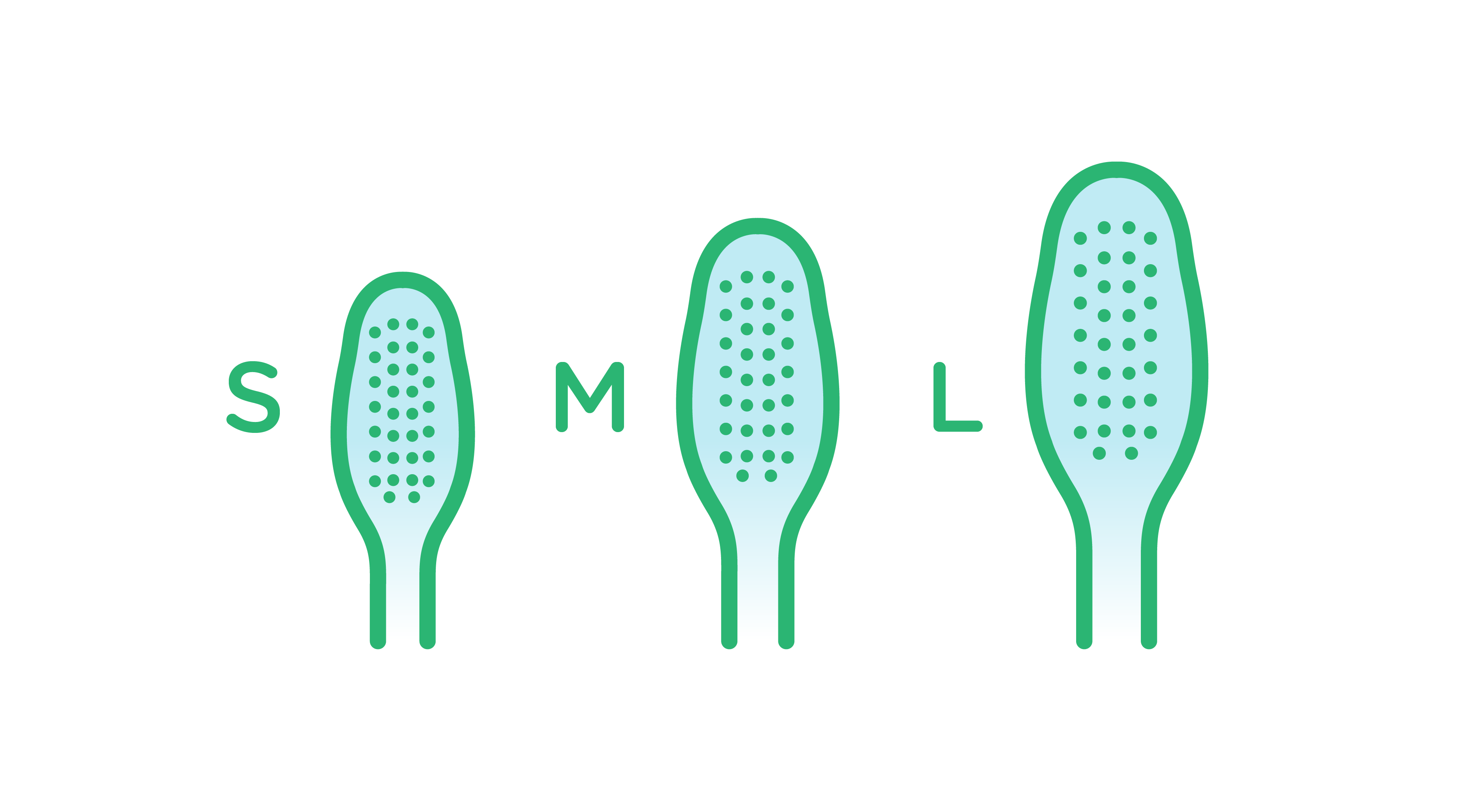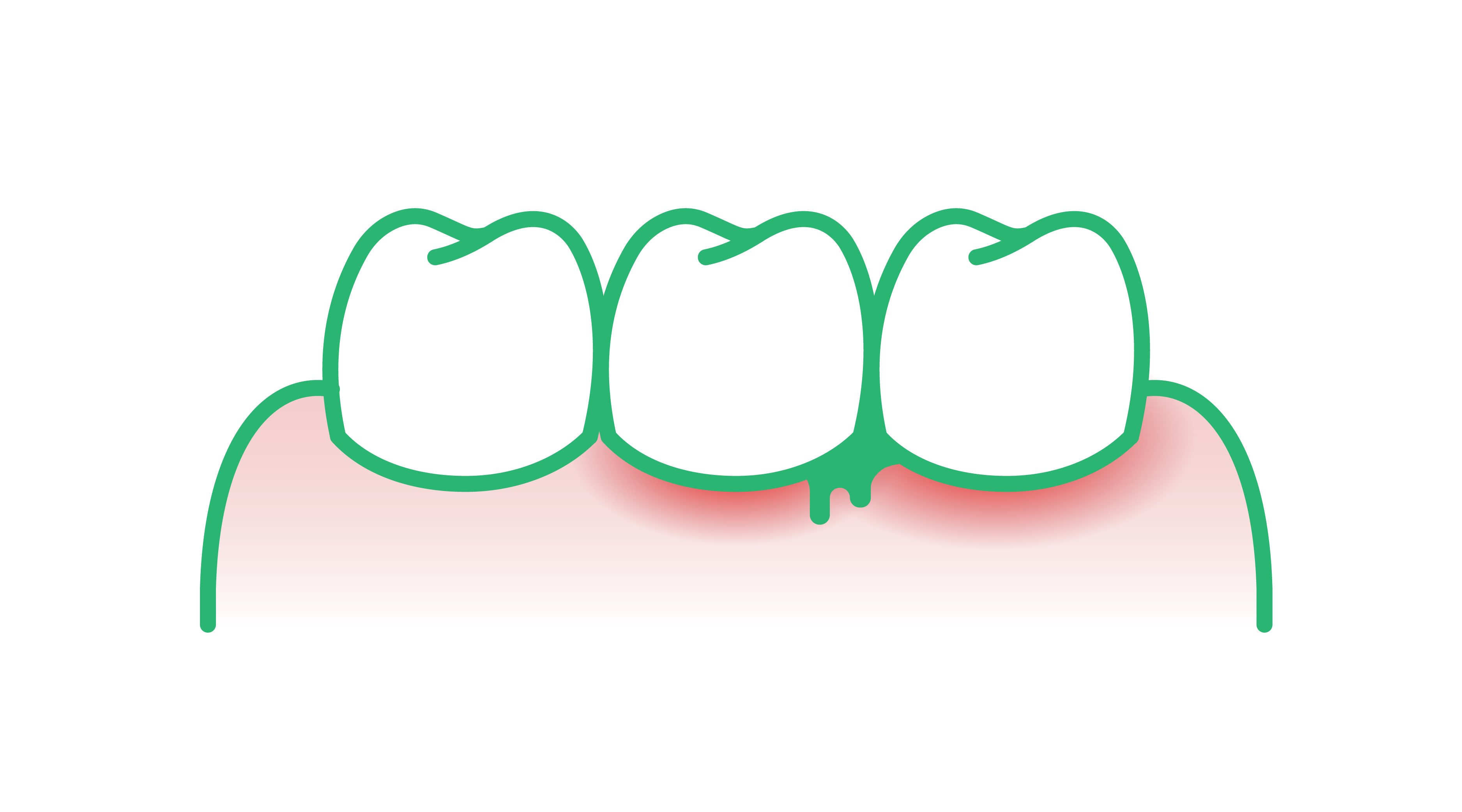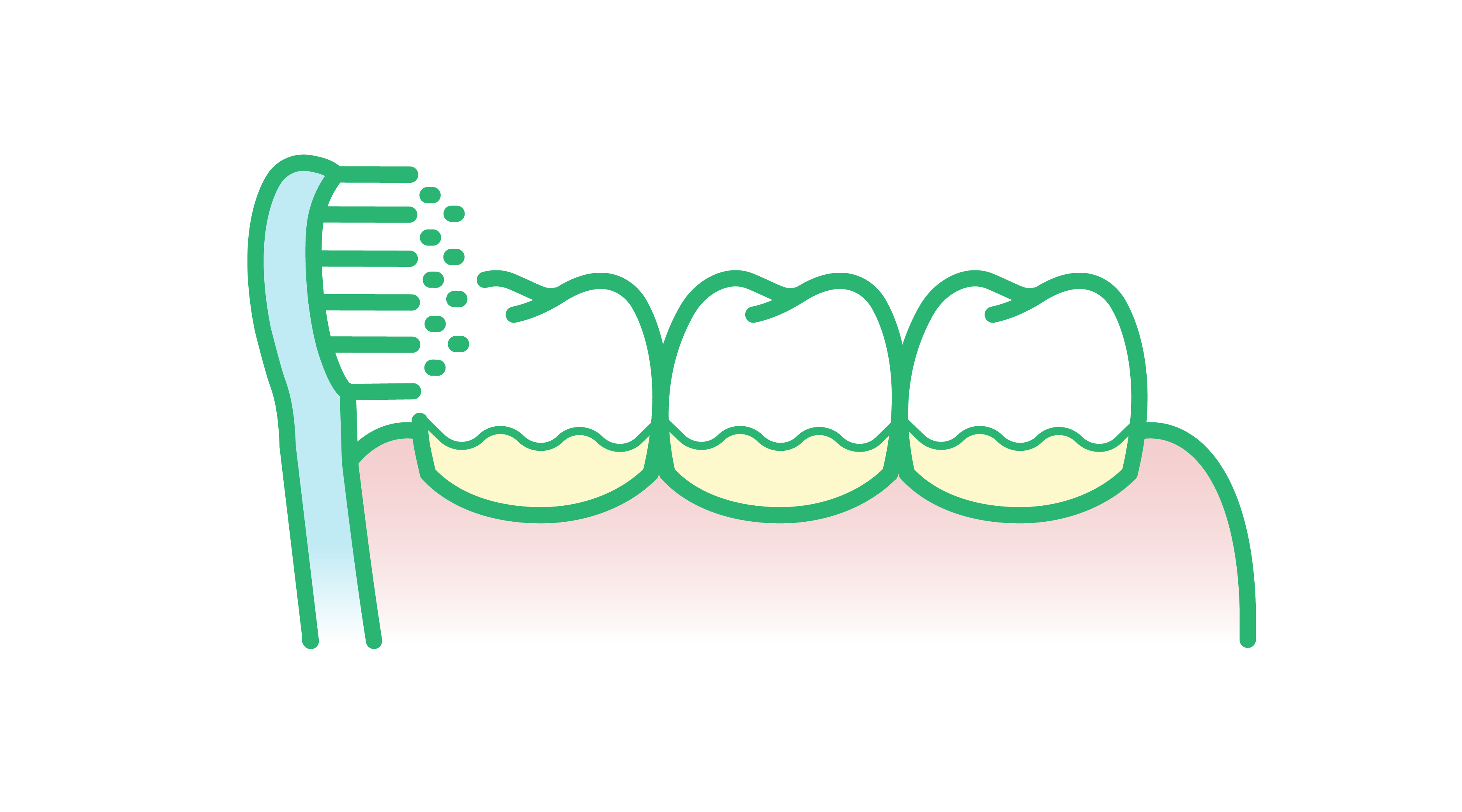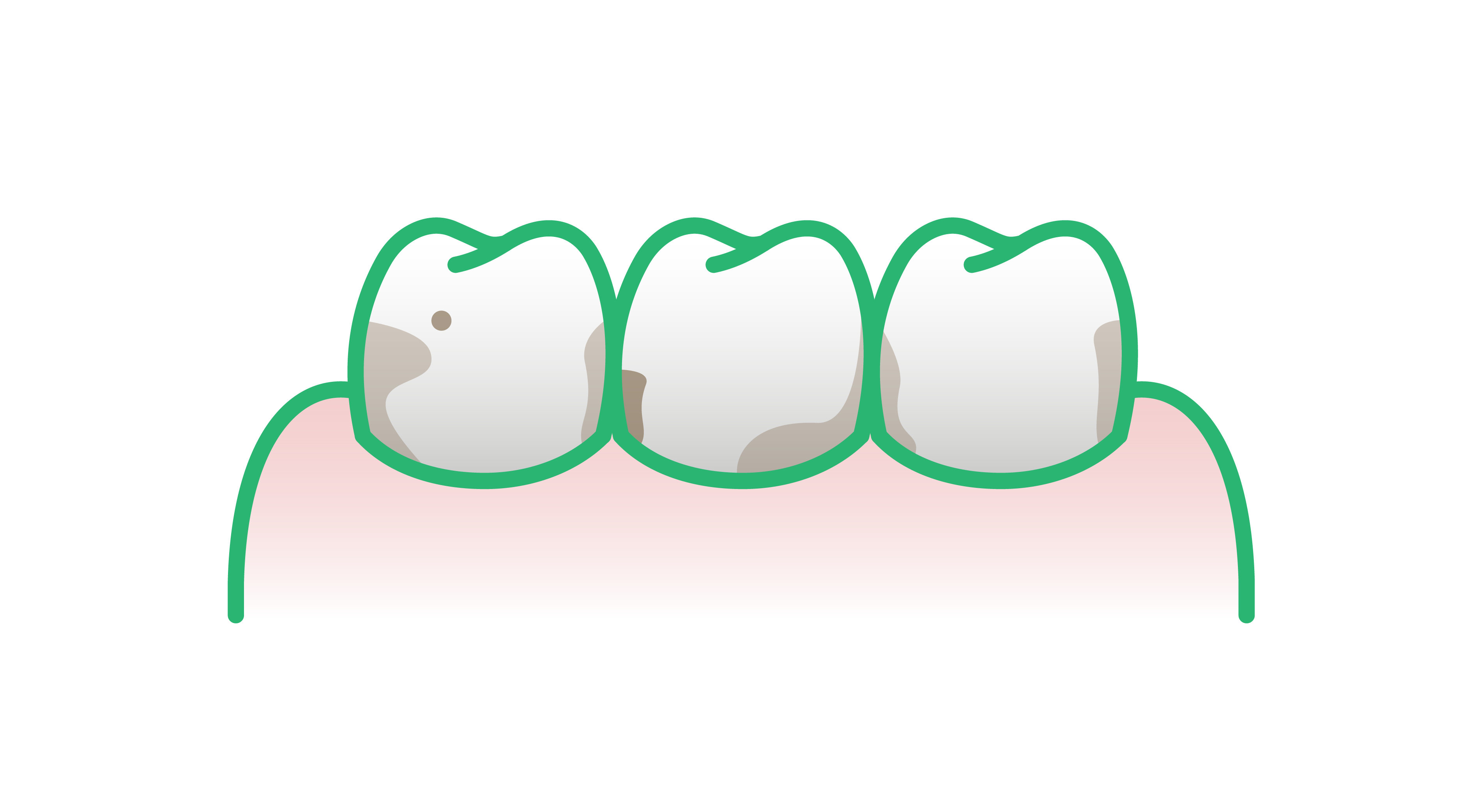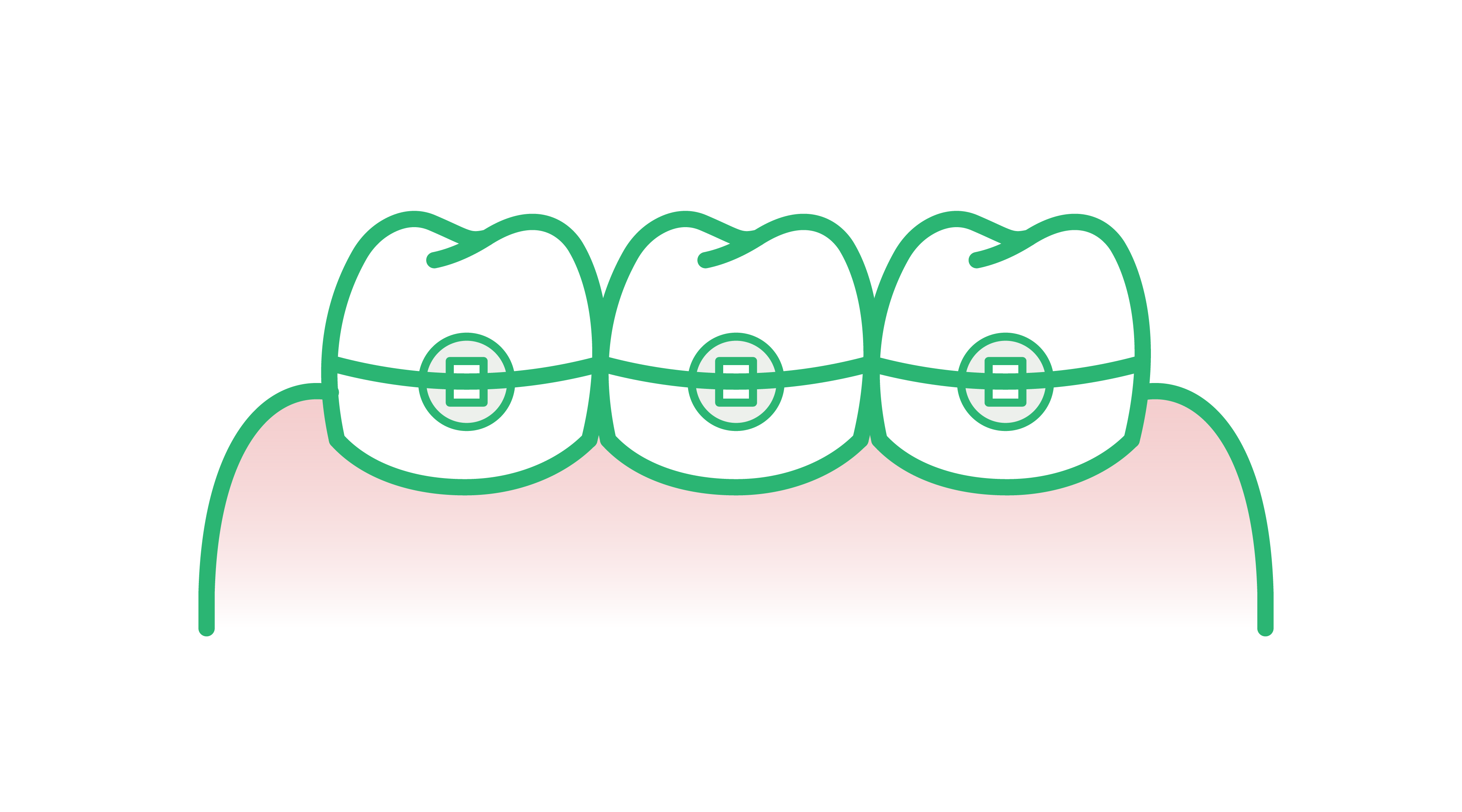Which Toothbrush is Best for You? How to Choose the Right One
Everyone’s oral health needs are different. Choosing a toothbrush that is right for you can help significantly enhance your oral care experience and contribute to better oral health. Braces, plaque build-up, sensitive teeth? You need a toothbrush that is adapted to your specific needs. Not sure where to start? This page can give you some pointers to help you find the best toothbrush for you.
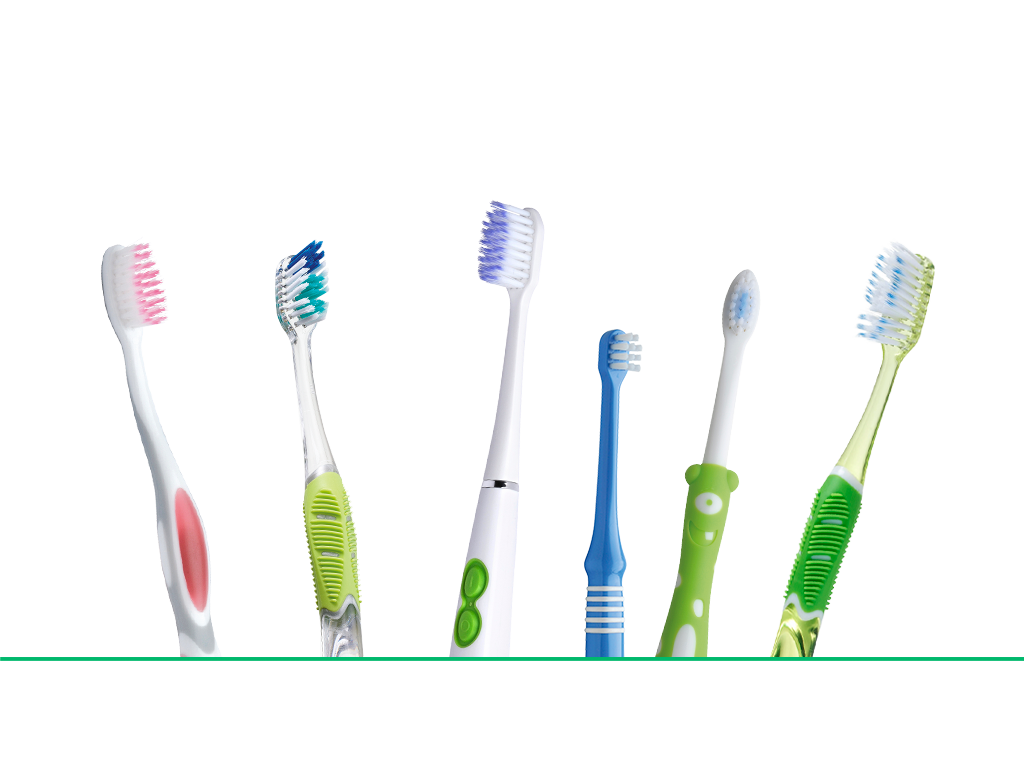
Why picking the right toothbrush matters
A quality toothbrush is at the core of a good daily dental care routine. Using the right toothbrush will contribute to the most complete dental care and keep your teeth and gums healthy in the long term.
The most important thing to realize is that not all toothbrushes are equal - because different people have different needs and preferences. Everyone has their own focal areas for dental hygiene, and the toothbrush you use should target those specific needs.
Your dentist can advise you on the best tool adapted to your oral condition. But generally speaking, your oral care practitioner may recommend you use a soft-bristled toothbrush for a gentler cleaning.
If you have healthy teeth and gums and you’d like to manage plaque efficiently, you can consider soft bristles with extra-thin tips (tapered) for a deep clean below the gum line and between the teeth.
Identifying the right toothbrush features
When it gets down to choosing between brushes, start by looking at the common features of a toothbrush and why they’re important. Not only will this help you choose the right toothbrush, but it can even help you brush more frequently by making brushing simpler. Consider the following features:
Soft, medium and hard bristles
There are three types of bristles: soft, medium and hard. The choice between soft and medium is often based on personal preference. Oral care professionals recommend the use of soft bristles to gently care for your teeth and gums. On the other hand, hard bristles can damage gum tissue and enamel. Some people with gum sensitivity can benefit from extra-soft bristles, which are gentler on the gums and ideal for sensitive teeth.
Head size
A toothbrush’s head size should allow you to reach all your teeth while brushing. Most adults achieve good brushing results with a compact toothbrush head (rather than a long one), as it facilitates the handling and control during brushing and reaches your back teeth more easily. Your toothbrush’s head size will also affect handling and maneuverability, allowing for better positioning and control during brushing. When picking a brush, put them side-by-side to see the different sizes.
Bristle type
Bristle type, or the difference between rounded and thin (tapered) tips, can also play an important role in your toothbrush choice. Extra-thin bristles are cut in a special way and get thinner towards the end to reach deeper between the teeth and under the gum line and provide superior cleaning. Check out some examples, including the GUM® SONIC DAILY Battery Toothbrush.
Manual vs. Electric
Many people believe electric toothbrushes are more effective at removing plaque. In reality, both manual and power toothbrushes are effective, as long as your brushing technique is good. The choice between a manual and an electric toothbrush ultimately comes down to your own individual comfort and preference.
Electric toothbrushes are best for people who need a little help brushing thoroughly, or for those with mobility issues (like arthritis) that prevent thorough brushing with a manual toothbrush. Additionally, those with sensitive teeth (or those who brush their teeth too hard, such as those who are stressed or in a hurry) may benefit from specialized electric toothbrush modes that put less pressure on the teeth or ones that visually demonstrate how much pressure you’re putting on your teeth. Our GUM SONIC DAILY Battery Toothbrush for example offers a great compromise between ease of use and efficacy.
A reminder about toothbrush replacement
A proper toothbrush with all the right features might be a great start, but it won’t last forever. Worn-out toothbrushes are less effective [1] at keeping teeth and gums clean.
How to dispose of a toothbrush
When disposing of a regular, manual toothbrush, you can simply throw the old brush away. Though toothbrush plastic is more difficult to recycle than some other kinds, there are also many options for recycling old toothbrushes. You could also reuse your old toothbrushes for non-dental hygiene-related household chores, such as grout cleaning.
When disposing of a toothbrush with a replaceable battery, be sure to remove the batteries before throwing away the handle. Recycle the batteries at your local battery recycling drop-off site. To find battery drop-off sites near you, check recycle-more’s where to recycle near me locator. If your toothbrush has a non-removable battery, take the entire handle to your local recycling center.
You should think about replacing your toothbrush approximately every three months or whenever the bristles look worn, splayed or frayed.
When disposing of non-electric toothbrushes, you can simply throw the old brush away. Though toothbrush plastic is more difficult to recycle than some other kinds, there are also many options for recycling old toothbrushes. You could also reuse your old toothbrushes for non-dental hygiene-related household chores, such as grout cleaning.
When disposing of electric toothbrushes, be sure to remove the batteries before throwing away the brushing device. Recycle the batteries at your local battery recycling drop-off site. To find battery drop-off sites near you, check recycle-more’s where to recycle near me locator. If your toothbrush has a non-removable battery, most local household hazardous waste collection sites will accept it.
During your next dental visit, ask your dentist to recommend a brush for you. Nothing beats a professional recommendation from someone who knows your teeth even better than you do!
Learn more about GUM products and how you can achieve the best at-home oral care possible.
FAQ
Still have doubts?
Check here our complete guide to know more about why picking the right toothbrush matters and how to identify the right toothbrush features.
